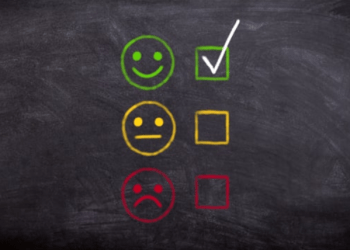When you think of police officers, you probably don’t picture a Sho. However, this type of law enforcement professional is an integral part of any police force. As the leader of the police station, the SHO oversees the operations of the police force. In rural areas, the SHO is known as a Sub Inspector, and in urban areas, the SHO is known as o Circle Inspector. The SHO works alongside at least three Sub Inspectors.
The Police Inspector (PI) rank is the highest level of responsibility in the police force. Typically, a Police Inspector will be a SHO, but this does not mean that he or she must be. Those in the SHO position are responsible for a Police station and can be any police officer above the rank of constable. It’s possible for a Police Inspector to serve as an SHO, or vice versa. While most police officers are trained to be Police Inspectors, a Police Sub-Inspector can also be a SHO.
If you’re in the police force, you’ve likely heard of a SHO. This officer serves as the head of a police station, and is responsible for maintaining law and order in the area where he is based. He wears a uniform with three stars on a red and blue stripe. He may also wear a police cap or other official clothing. In addition to the blue and red stripe, the SHO has a number of other responsibilities as well.
The sho is one of the most popular free-reed instruments in Japan. The instrument was introduced from China during the Nara period, and is a descendant of the Chinese sheng. Its playing technique involves the use of tone clusters called aitake, which move from one another. Generally, the aitake accompany a melody, and are also used as an aesthetic element. So, while the sho is a free-reed instrument, it is often considered to be smaller than its Chinese counterpart.
A Sho’s job description is quite different than that of a Sub-Inspector, and they have distinct roles and responsibilities. In some areas, an SHO may be a District Inspector, a Sub-Inspector, or a Circle Inspector, but in others, he may be a single person holding many responsibilities. While a SHO is responsible for maintaining law and order, his duty is to oversee subordinates and enforce discipline. He is responsible for enforcing discipline and maintaining a high level of observation and reporting.
The SHO post in the DGH offers exposure to many common medical problems, but little to rare medical conditions. This is unchanged despite recent changes to the Royal College of Physicians’ requirements for general professional training. However, a SHO may still be a prelude to specialisation. The use of log books to identify gaps in experience and develop training programs is crucial to preparing future doctors for their work. In fact, some SHO positions still exist today as a prelude to specialty training.






